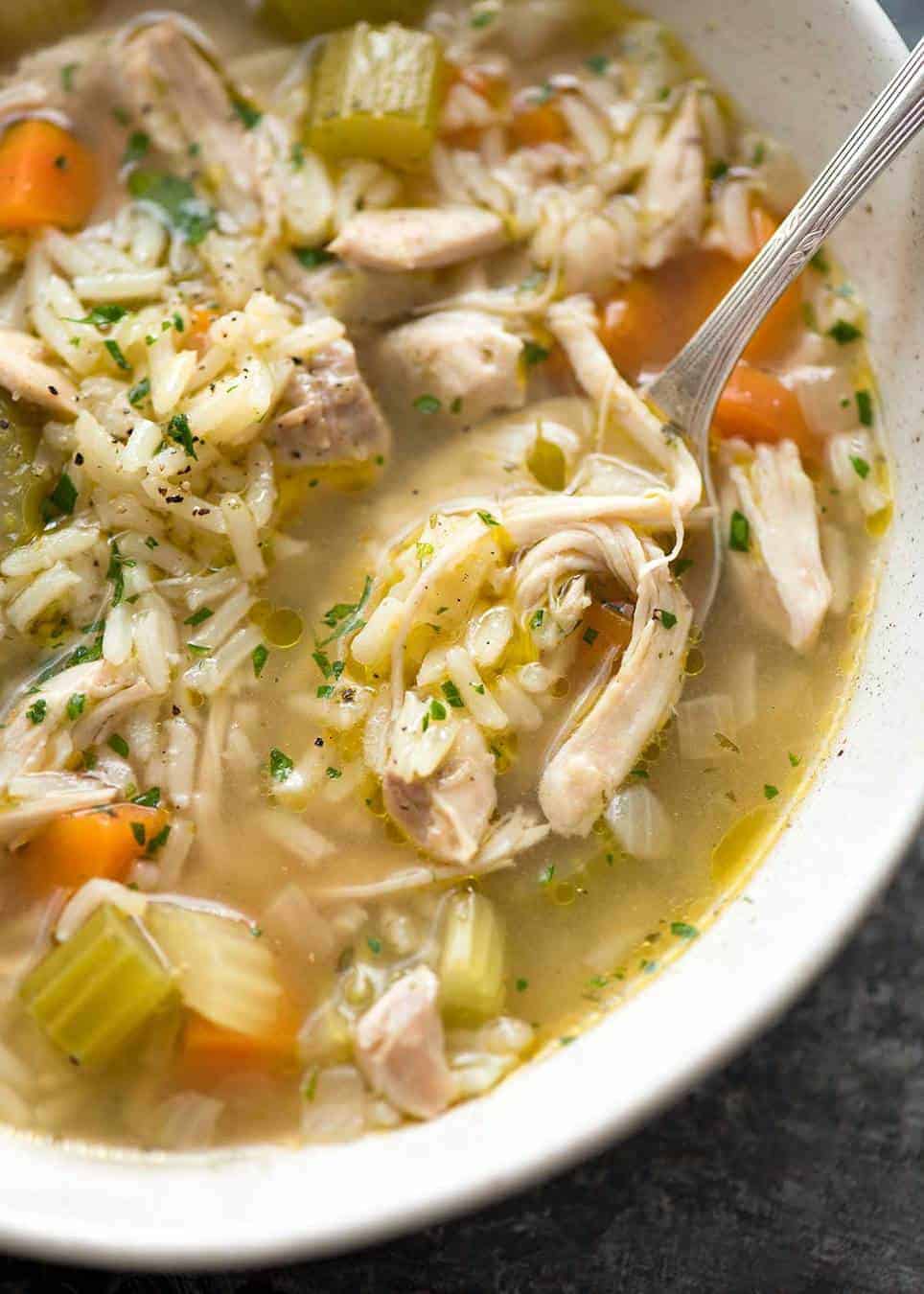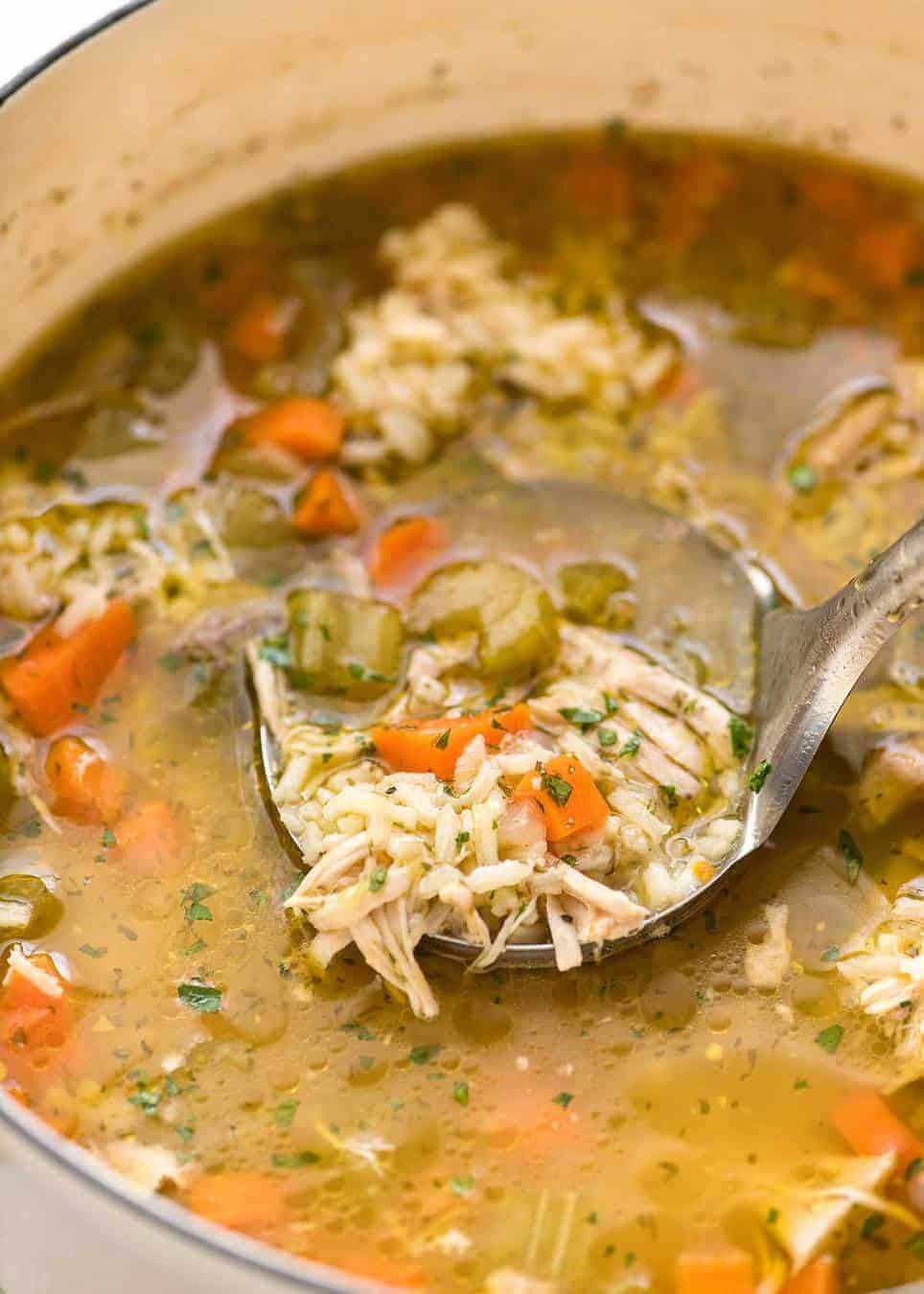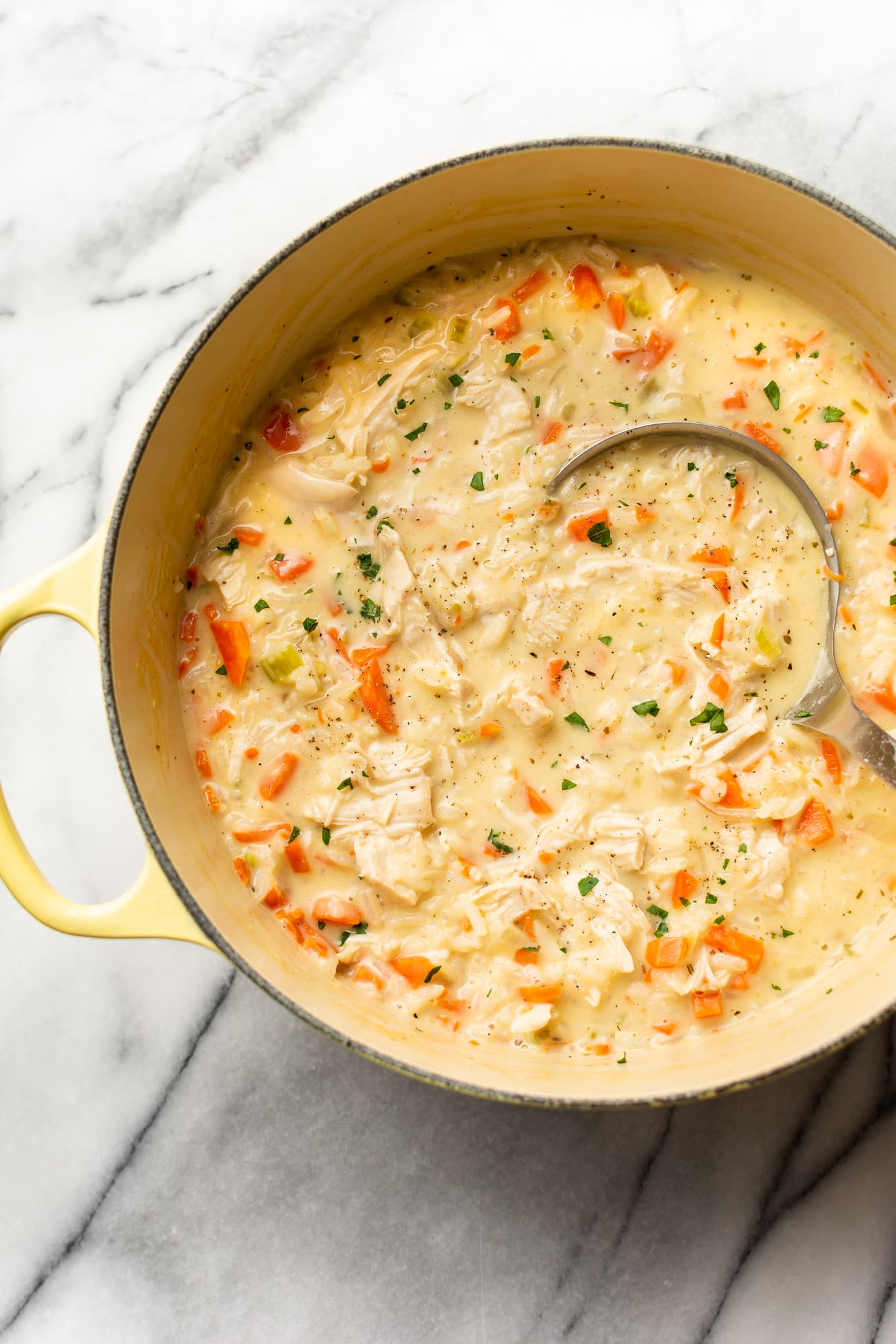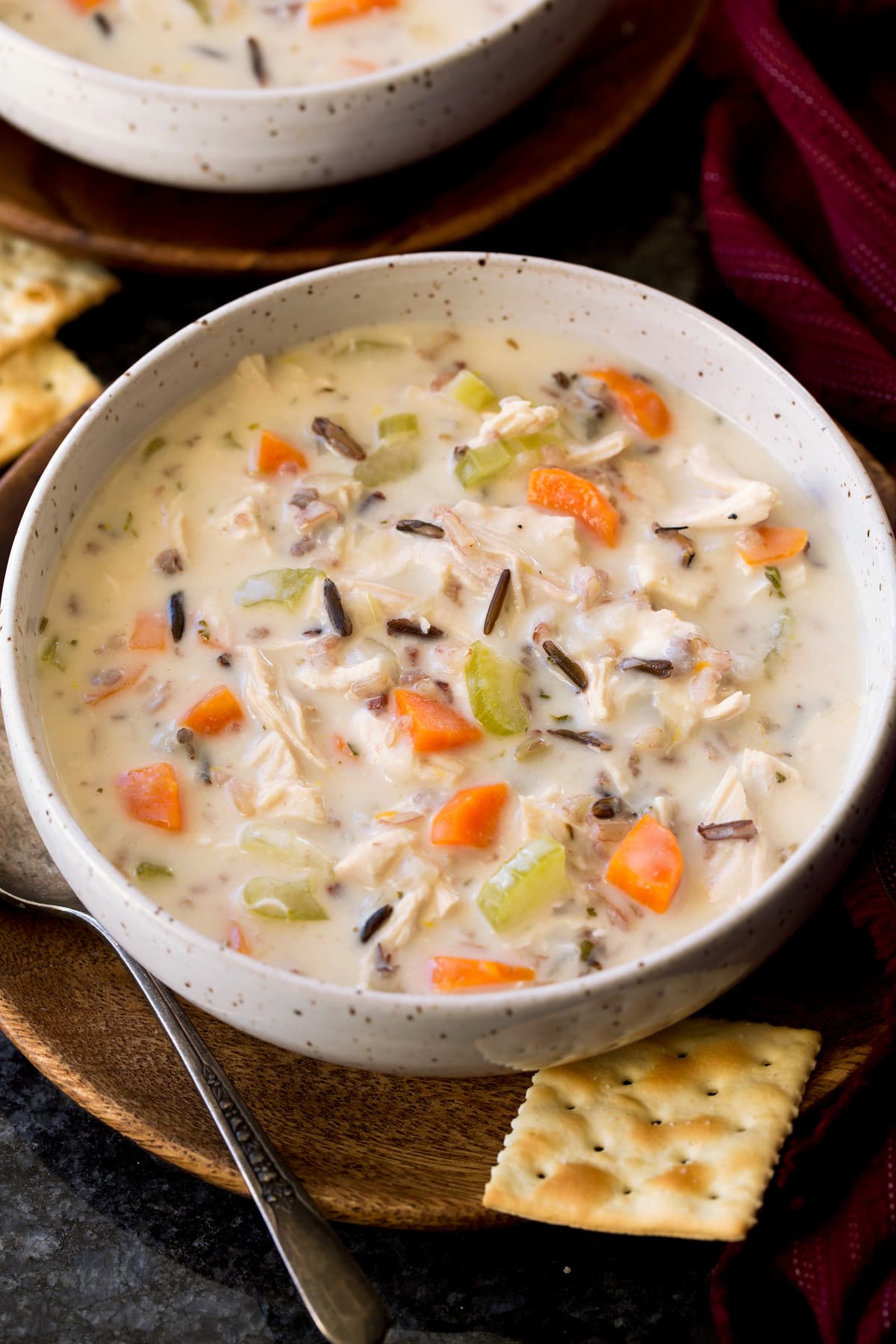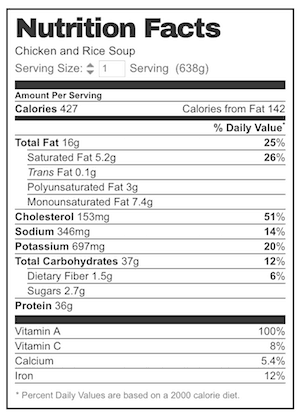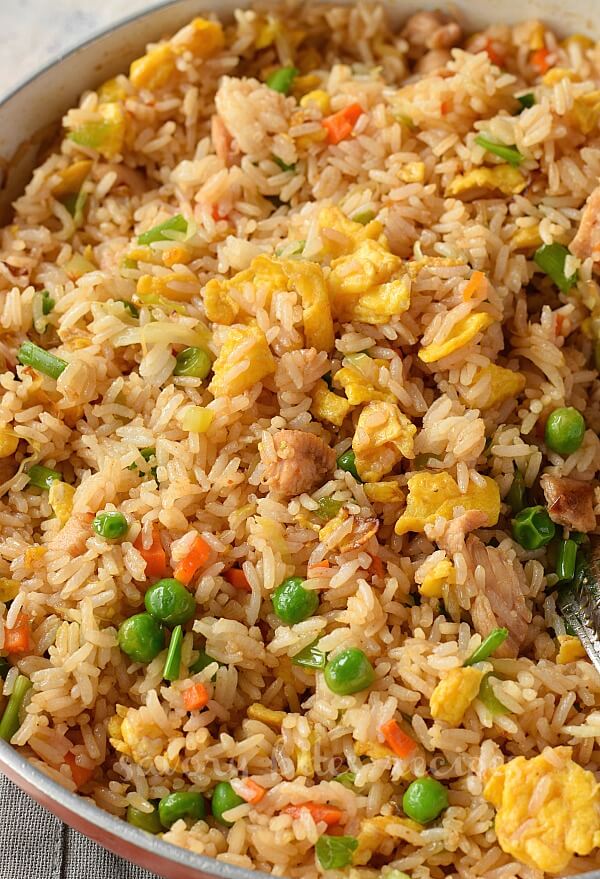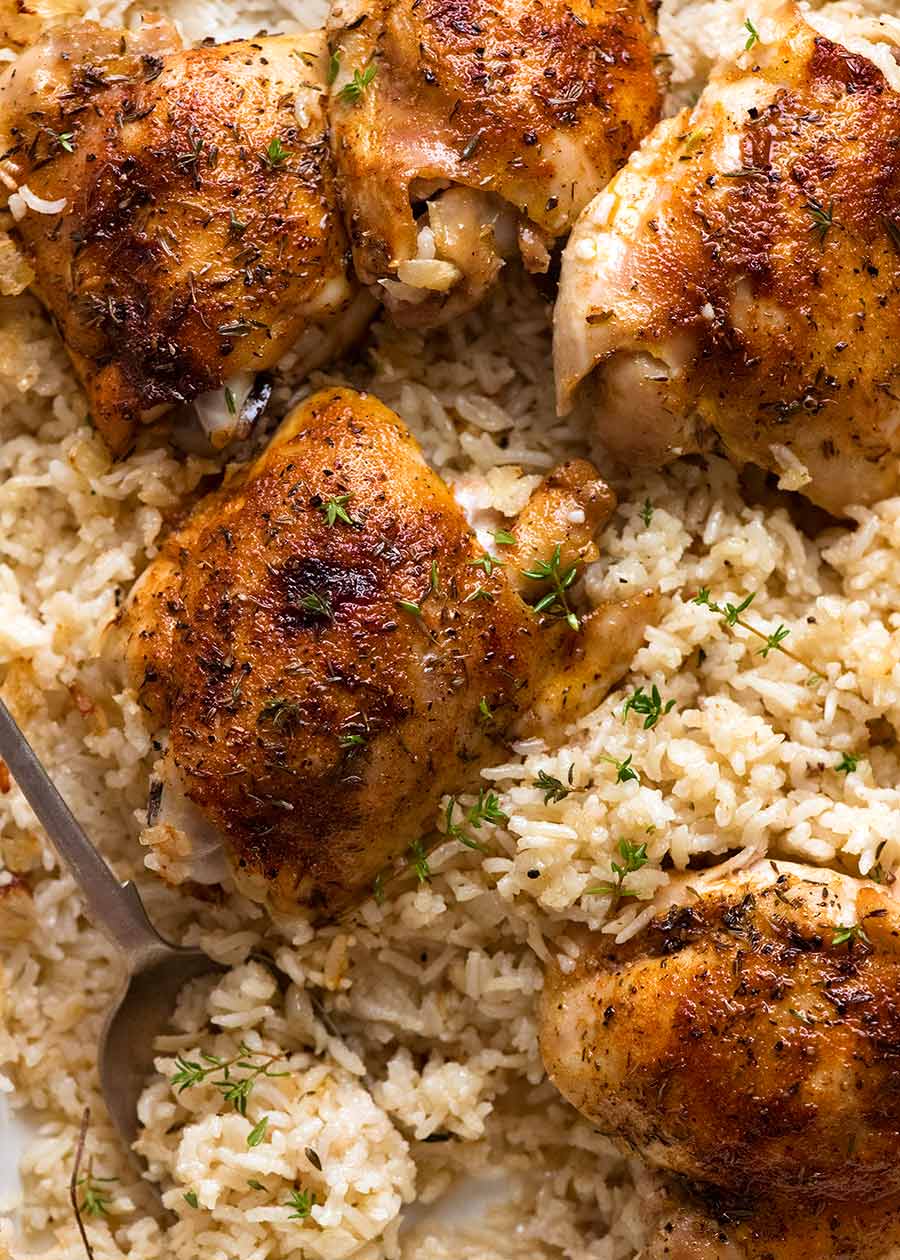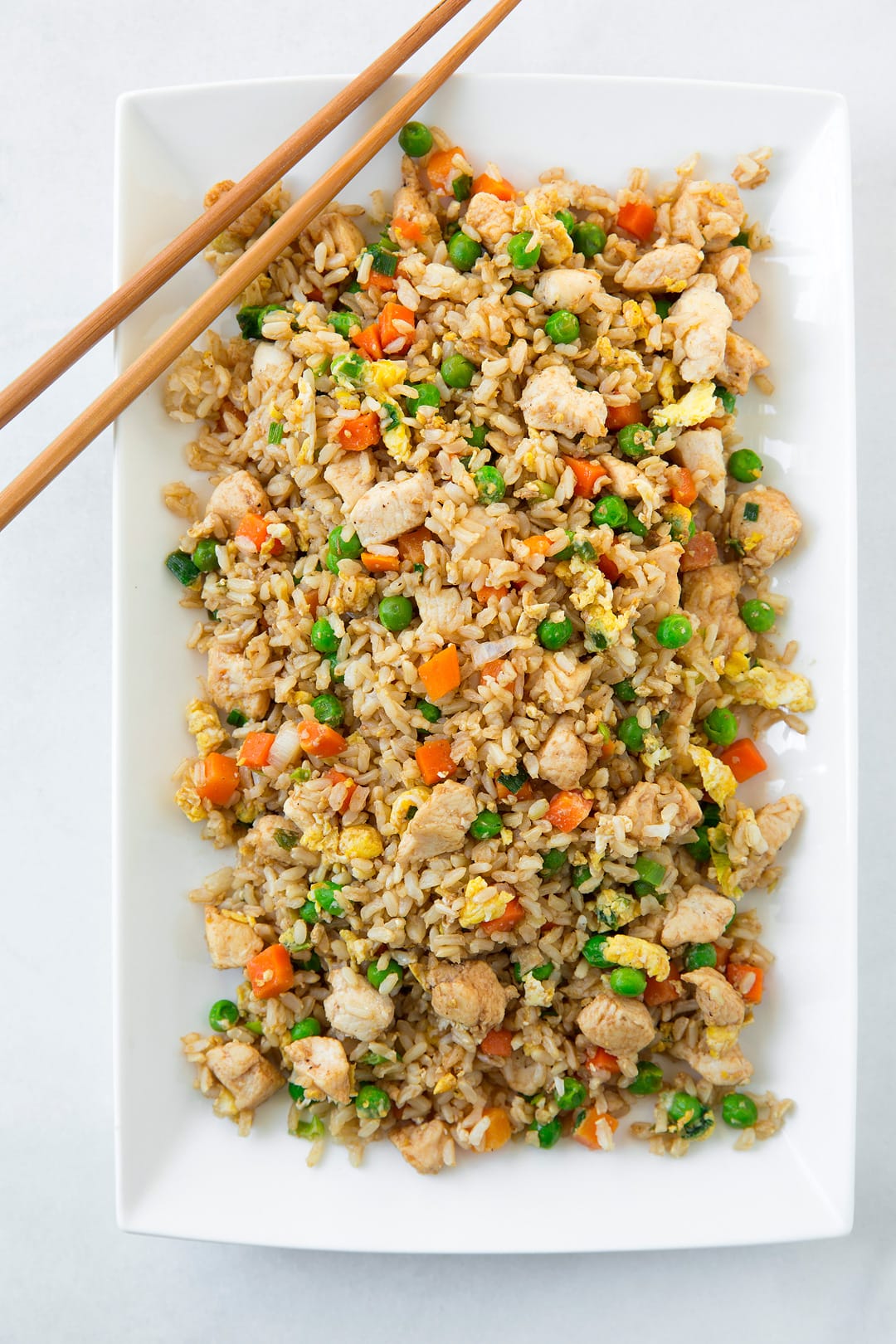Topic how to make chicken and rice for dogs: Discover the perfect recipe for your furry friend with our comprehensive guide on how to make chicken and rice for dogs, ensuring a healthy, balanced diet full of benefits.
Table of Content
- Ingredients
- Instructions
- Serving Size
- Instructions
- Serving Size
- Serving Size
- Introduction to Chicken and Rice for Dogs
- What is the best type of rice to use when making chicken and rice for dogs?
- Benefits of Chicken and Rice for Dogs
- YOUTUBE: Chicken and Rice Dog Food Recipe for Upset Stomach
- Ingredients Needed for Homemade Chicken and Rice
- Step-by-Step Cooking Instructions
- Serving Sizes and Frequency
- Storage and Shelf Life of Homemade Dog Food
- Understanding Your Dog\"s Nutritional Needs
- When to Feed Your Dog Chicken and Rice
- Additional Tips for a Balanced Dog Diet
- Common Questions About Feeding Dogs Chicken and Rice
Ingredients
- Boneless, skinless chicken breasts
- White rice (uncooked)
- Water
- Optional: Carrots, peas, or spinach for added nutrition
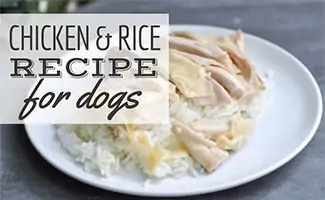
READ MORE:
Instructions
- Place the chicken in a large pot and cover with water. Bring to a boil, then reduce heat and simmer until the chicken is fully cooked.
- Remove the chicken from the pot, and once cool, shred it into bite-sized pieces.
- In the same water, add the rice (use the chicken broth for added flavor). Cook the rice according to the package instructions until it\"s soft.
- If adding vegetables, cook them until they are soft, and then mix with the cooked rice.
- Combine the shredded chicken with the rice (and vegetables, if using), maintaining a ratio of 1/3 chicken to 2/3 rice.
- Allow the mixture to cool before serving it to your dog.

Serving Size
Offer your dog about 1/3 of their usual amount of food per serving. Adjust according to your dog\"s size, age, and activity level. This recipe can be stored in the refrigerator for up to five days or frozen for longer storage.
Note
Always consult with your veterinarian before introducing new foods into your dog\"s diet, especially if they have specific health issues.
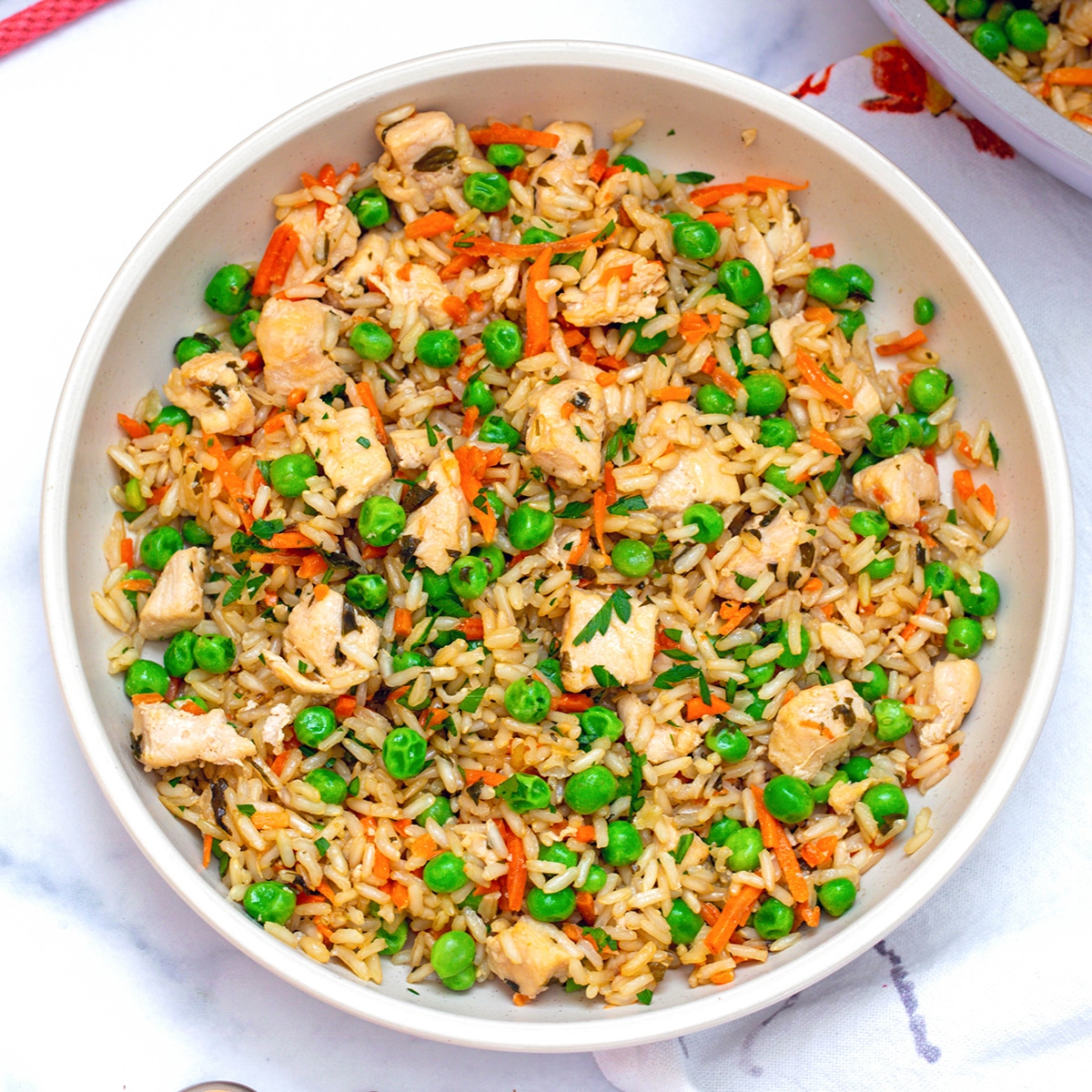
Instructions
- Place the chicken in a large pot and cover with water. Bring to a boil, then reduce heat and simmer until the chicken is fully cooked.
- Remove the chicken from the pot, and once cool, shred it into bite-sized pieces.
- In the same water, add the rice (use the chicken broth for added flavor). Cook the rice according to the package instructions until it\"s soft.
- If adding vegetables, cook them until they are soft, and then mix with the cooked rice.
- Combine the shredded chicken with the rice (and vegetables, if using), maintaining a ratio of 1/3 chicken to 2/3 rice.
- Allow the mixture to cool before serving it to your dog.

Serving Size
Offer your dog about 1/3 of their usual amount of food per serving. Adjust according to your dog\"s size, age, and activity level. This recipe can be stored in the refrigerator for up to five days or frozen for longer storage.
Note
Always consult with your veterinarian before introducing new foods into your dog\"s diet, especially if they have specific health issues.

_HOOK_
Serving Size
Offer your dog about 1/3 of their usual amount of food per serving. Adjust according to your dog\"s size, age, and activity level. This recipe can be stored in the refrigerator for up to five days or frozen for longer storage.
Note
Always consult with your veterinarian before introducing new foods into your dog\"s diet, especially if they have specific health issues.

Introduction to Chicken and Rice for Dogs
Chicken and rice is a popular meal choice for dogs, particularly when they need a bland diet due to stomach upset. This simple yet nutritious dish can be a lifesaver for pet owners seeking to provide their furry friends with a homemade, digestible meal. The combination of chicken, which is a great source of protein, and rice, an easily digestible carbohydrate, offers a balanced diet that helps in soothing the digestive system. Preparing chicken and rice for dogs at home allows pet owners to control the quality of ingredients, ensuring a healthy, preservative-free meal. This guide will walk you through the benefits of feeding your dog chicken and rice, what ingredients you\"ll need, and step-by-step instructions on how to cook it. Whether your dog is feeling under the weather or you\"re looking to incorporate home-cooked meals into their diet, chicken and rice is a great starting point.
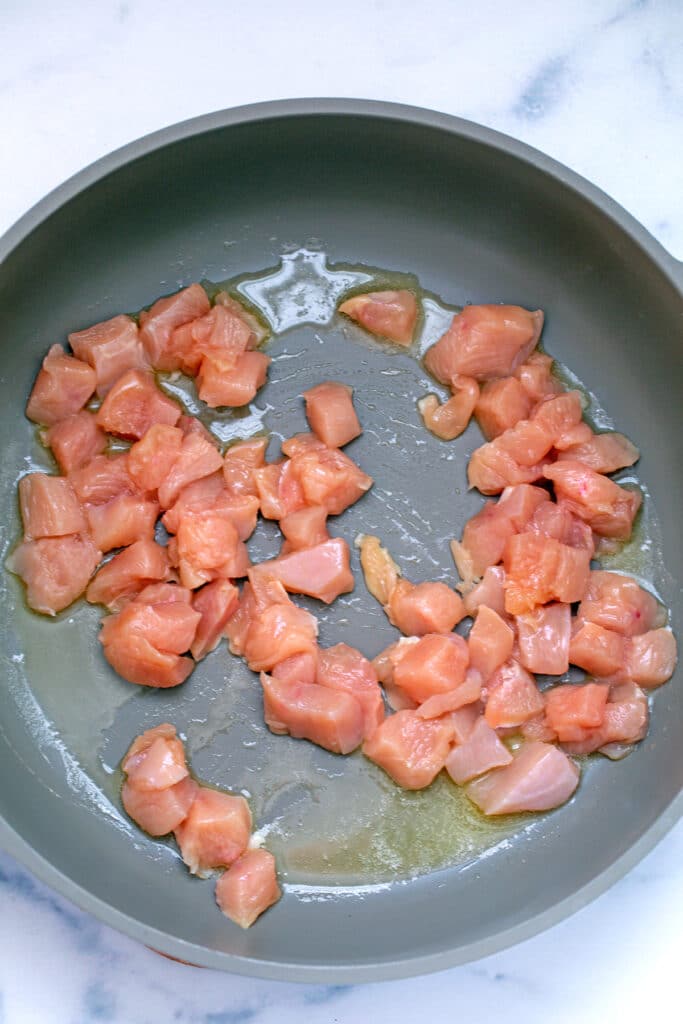
What is the best type of rice to use when making chicken and rice for dogs?
The best type of rice to use when making chicken and rice for dogs is long-grain white rice. It is easily digestible for dogs and is recommended for dogs with sensitive stomachs or diarrhea.
- Step 1: Boil white meat chicken, making sure to remove the skin and fat.
- Step 2: Cook long-grain white rice separately according to package instructions.
- Step 3: Mix the boiled chicken (shredded or chopped) with the cooked rice in a ratio of 2 parts rice to 1 part chicken.
- Step 4: Allow the mixture to cool before serving it to your dog.
- Step 5: Feed your dog small amounts of the chicken and rice mixture, gradually transitioning them from their regular food to this blend.
Benefits of Chicken and Rice for Dogs
Chicken and rice is not just a comforting meal; it\"s also packed with benefits for your dog. Here are several reasons why this meal can be a healthy addition to your dog\"s diet:
- Easily Digestible: Both chicken and rice are easily digestible and gentle on the stomach, making them perfect for dogs with sensitive stomachs or those recovering from an illness.
- High in Protein: Chicken is a great source of protein, which is essential for your dog\"s muscle growth and overall health.
- Provides Essential Nutrients: Chicken is rich in vitamins and minerals that contribute to a healthy diet, including vitamins B6 and B12, phosphorus, and selenium.
- Energy Boosting Carbohydrates: Rice provides carbohydrates that give your dog the energy they need to stay active and playful.
- Hydration: When chicken and rice are cooked together, the dish can have a high moisture content, which helps keep your dog hydrated and supports kidney health.
- Gluten-Free: For dogs with allergies or intolerances, rice is a gluten-free carbohydrate source, making it an excellent option for a hypoallergenic diet.
- Appetite Stimulation: The palatable flavor of chicken and rice can stimulate the appetite of picky eaters or dogs with decreased appetite due to illness.
Integrating chicken and rice into your dog\"s diet can provide them with a comforting, nutritious meal that supports their health and wellbeing.
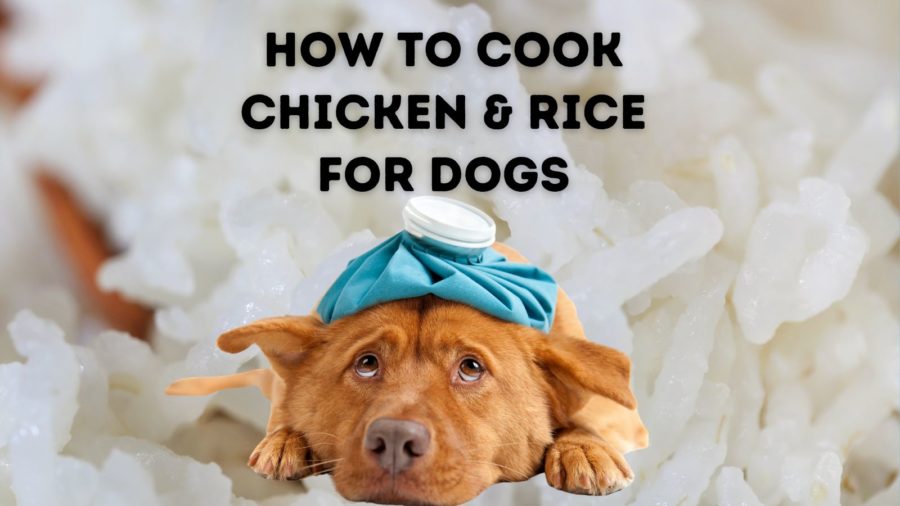
Chicken and Rice Dog Food Recipe for Upset Stomach
Recipe: Explore a delectable world of flavors and aromas with our latest recipe video! Discover step-by-step instructions and secret ingredients to create a mouthwatering dish that will tantalize your taste buds. Farmer: Join us on a heartwarming journey through the daily life of a dedicated farmer in our inspirational video. Witness the passion and hard work that goes into producing fresh, organic produce that nourishes our bodies and sustains our planet.
The Farmer\'s Dog DIY Homemade Chicken and Rice Dog Food Recipe
It\'s a classic for a reason. This homemade dog food recipe is made with dog-pleasing chicken and rice, and nutrient-packed ...
Ingredients Needed for Homemade Chicken and Rice
To prepare a nutritious and simple chicken and rice meal for your dog, you\"ll need the following ingredients:
- Chicken: Boneless, skinless chicken breasts or thighs are ideal as they are easy to cook and shred. Chicken provides the necessary protein.
- Rice: White rice is preferred for its ease of digestion, but brown rice can be used for added fiber. Ensure the rice is thoroughly cooked to prevent any digestive issues.
- Water: Used for cooking the chicken and rice. Ensure to use enough water to cover the chicken and cook the rice until it\"s soft.
- Vegetables (optional): Carrots, peas, or pumpkin can be added for extra nutrition. Ensure they are cooked and mashed or finely chopped to prevent choking.
- Parsley (optional): A small amount of fresh parsley can be added for fresh breath and additional vitamins, but it\"s optional.
It\"s important to avoid adding any salt, garlic, onion, or heavy spices to the meal, as these can be harmful to dogs. Stick to these simple, wholesome ingredients for a healthy, homemade meal your dog will love.

_HOOK_
Step-by-Step Cooking Instructions
- Prepare the Rice: Begin by rinsing 1 cup of white rice under cool water until the water runs clear. This removes excess starch and helps the rice to be more digestible.
- Cook the Chicken: Place boneless, skinless chicken breasts or thighs in a large pot and cover with water. Bring to a boil, then reduce the heat and simmer until the chicken is fully cooked (about 10-30 minutes depending on the size of the pieces).
- Remove the Chicken: Once the chicken is cooked, remove it from the pot, allowing it to cool before shredding or dicing into bite-sized pieces. The chicken should be easy to shred with forks or chop into smaller pieces for easier digestion.
- Cook the Rice in Broth: Using the broth left over from boiling the chicken, cook the rinsed rice according to package instructions. The broth not only adds flavor but also additional nutrients.
- Add Vegetables (Optional): If you choose to include vegetables, such as carrots or peas, make sure they are finely chopped or pureed and add them to the cooking rice towards the end of its cooking time to soften them.
- Combine Chicken and Rice: Once both the chicken and rice (and vegetables, if used) are fully cooked, combine them in a large bowl, ensuring there\"s a good balance of approximately 1/3 chicken to 2/3 rice.
- Let Cool: Allow the mixture to cool down to room temperature before serving to your dog to prevent any potential harm from hot food.
Remember to avoid adding salt, onions, garlic, or any seasonings that could be harmful to dogs. This homemade chicken and rice meal can be a comforting and nutritious option for your pet, especially during times of digestive upset.
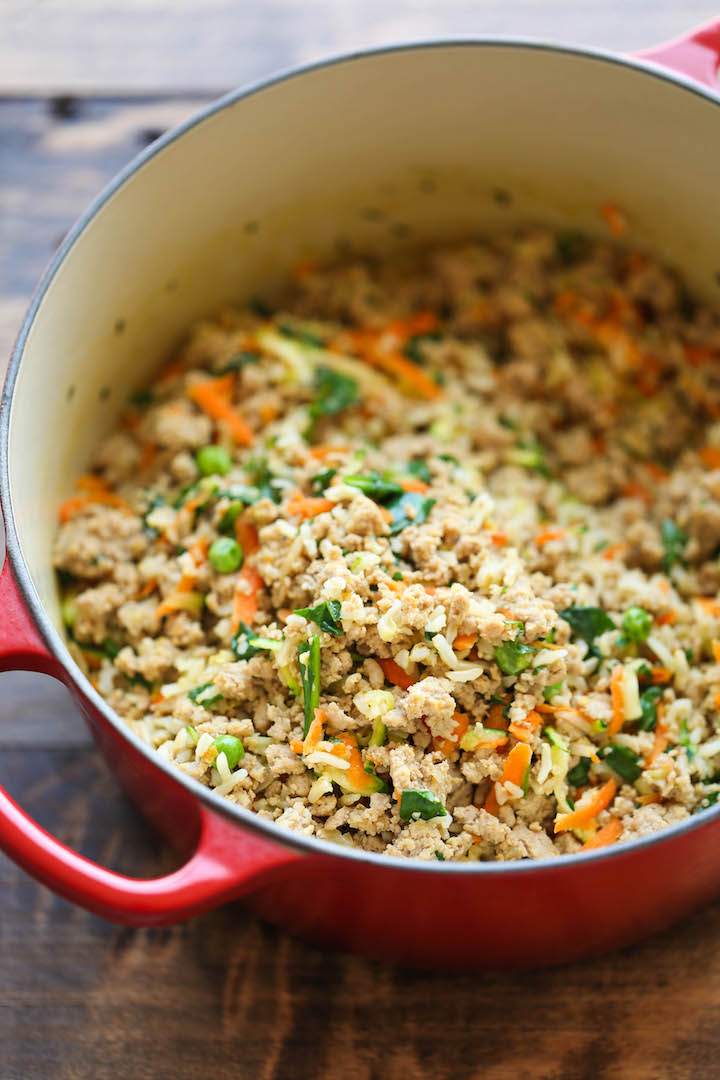
Serving Sizes and Frequency
Figuring out the correct serving size and frequency of feeding chicken and rice to your dog depends on several factors including their weight, age, and activity level. Here\"s a general guideline to help you determine how much and how often to feed your dog this homemade meal:
- Weight of Dog: The serving size should be adjusted based on the weight of your dog. A common rule is 1/3 cup of cooked chicken with 2/3 cup of cooked rice for every 20 pounds of body weight.
- Frequency: For dogs with upset stomachs or dietary sensitivities, chicken and rice can be fed as their sole diet temporarily. Start with small, frequent meals, such as 3-4 times a day.
- Transition Back to Regular Diet: If you\"re using chicken and rice as a temporary diet due to gastrointestinal upset, gradually reintroduce their regular food over a week. Begin by mixing a small amount of their regular food with the chicken and rice, and slowly increase the proportion of regular food each day.
- Consult Your Veterinarian: Always consult with your veterinarian before making any significant changes to your dog\"s diet, especially if they have health concerns or dietary requirements.
Note: Chicken and rice is intended as a temporary meal solution or supplement to a balanced diet and should not replace a complete, balanced diet for long-term feeding.
Storage and Shelf Life of Homemade Dog Food
Proper storage and understanding the shelf life of homemade chicken and rice dog food are essential to ensure your pet\"s meal remains safe and nutritious. Here are some tips to help you store your homemade dog food correctly:
- Refrigerating: Store the cooled chicken and rice in an airtight container in the refrigerator. Homemade dog food can be safely stored in the refrigerator for up to 5 days.
- Freezing: For longer storage, you can freeze the chicken and rice in portion-sized containers or freezer bags. Frozen homemade dog food can last for up to 3 months. Ensure to label the containers with the date of preparation.
- Thawing and Reheating: Thaw frozen dog food in the refrigerator overnight. You can reheat the food in the microwave or on the stove, but make sure it is cooled down to room temperature before serving to your dog.
- Portion Sizes: Portion the food into single-serving sizes before storing. This makes it easier to thaw and serve the right amount for your dog\"s meal.
- Discard Uneaten Food: Always discard any uneaten food after 2 hours of serving, as room temperature can promote bacterial growth.
By following these storage guidelines, you can ensure your homemade chicken and rice dog food remains fresh, safe, and nutritious for your furry friend.
Understanding Your Dog\"s Nutritional Needs
Ensuring your dog\"s diet is balanced and meets their nutritional requirements is vital for their health and wellbeing. Here\"s what you need to know about your dog\"s nutritional needs when preparing homemade meals:
- Proteins: Essential for growth, repair, and energy. Good sources include chicken, beef, fish, and eggs.
- Fats: Provides energy, helps absorb vitamins, and maintains healthy skin and coat. Include sources like chicken fat and fish oil.
- Carbohydrates: Supplies energy and helps with digestion. Rice, potatoes, and vegetables are beneficial.
- Vitamins and Minerals: Necessary for various body functions. Ensure your dog\"s diet includes a variety of vegetables and meats to meet these needs.
- Water: Essential for all life\"s processes. Ensure fresh water is always available.
When creating a homemade diet, it\"s crucial to balance these nutrients to support your dog\"s health. Consulting with a veterinarian or a pet nutritionist can help tailor the diet to your dog\"s specific age, weight, activity level, and health condition, ensuring they receive all necessary nutrients.
When to Feed Your Dog Chicken and Rice
Chicken and rice is often recommended as a temporary meal option for dogs experiencing certain health issues. Understanding when to opt for this diet can help you make informed decisions about your pet\"s health. Here are some scenarios when chicken and rice might be beneficial:
- Digestive Upset: Vets frequently recommend a bland diet, including chicken and rice, for dogs with diarrhea, vomiting, or an upset stomach to help soothe their digestive system.
- Food Transition: If you\"re switching your dog\"s food, incorporating chicken and rice temporarily can help ease the transition and reduce the risk of stomach upset.
- Appetite Stimulation: Dogs with low appetite due to illness or recovery might find chicken and rice more appealing, encouraging them to eat.
- Sensitive Stomachs: For dogs with food sensitivities or allergies, chicken and rice can serve as a hypoallergenic option to identify allergens in their diet.
- Temporary Diet: When advised by a veterinarian, chicken and rice can be used as a short-term diet to address specific health concerns before returning to a balanced, nutritionally complete diet.
It\"s important to consult with a veterinarian before making any significant changes to your dog\"s diet, especially if they are experiencing health issues. Chicken and rice should not be a permanent replacement for a balanced diet but can be a helpful tool in managing specific health scenarios.
_HOOK_
Additional Tips for a Balanced Dog Diet
Providing a balanced diet is crucial for your dog\"s overall health and wellbeing. Here are additional tips to ensure your dog receives all the necessary nutrients from their meals:
- Vary Protein Sources: Incorporate different protein sources such as beef, fish, and eggs to provide a variety of essential amino acids.
- Include Vegetables: Vegetables are a great source of vitamins, minerals, and fiber. Safe options include carrots, green beans, and pumpkin. Remember to serve them cooked and in moderation.
- Understand Portions: Tailor meal portions to your dog\"s size, age, and activity level to prevent underfeeding or overfeeding.
- Hydration is Key: Ensure your dog always has access to fresh water, especially when feeding dry food or after exercise.
- Avoid Toxic Foods: Be aware of foods that are toxic to dogs, such as chocolate, grapes, onions, and xylitol.
- Supplement Wisely: Consult with a vet before adding supplements to your dog\"s diet to avoid nutrient imbalances.
- Regular Vet Check-ups: Regular wellness exams can help monitor your dog\"s health and nutritional status, allowing for dietary adjustments as needed.
Remember, while homemade meals like chicken and rice can be beneficial, they should be part of a varied and balanced diet. Consulting with a veterinarian or a certified pet nutritionist can help you design a diet that meets all of your dog\"s nutritional needs.
READ MORE:
Common Questions About Feeding Dogs Chicken and Rice
Feeding your dog chicken and rice is often seen as a go-to remedy for various issues, but pet owners frequently have questions about this diet. Here are some answers to common queries:
- Is chicken and rice good for dogs? Yes, chicken and rice can be beneficial for dogs, especially those with digestive issues, as it is easily digestible and gentle on the stomach.
- Can I feed my dog chicken and rice every day? While chicken and rice is safe for dogs, it should not make up their entire diet long-term. It lacks certain nutrients dogs need for a balanced diet.
- How much chicken and rice should I feed my dog? A general guideline is a 2:1 ratio of rice to chicken. The exact amount depends on your dog\"s size, age, and activity level.
- How long can I keep my dog on a chicken and rice diet? Chicken and rice is typically recommended as a temporary diet for 2-3 days or until your dog\"s digestive issues improve.
- Can puppies eat chicken and rice? Yes, puppies can eat chicken and rice, but it should be introduced slowly and not serve as their primary diet.
- Do I need to add supplements to the chicken and rice diet? If chicken and rice is fed for a short period, supplements are not usually necessary. However, for longer durations, consulting a vet for dietary supplements is advisable.
- Can chicken and rice help with diarrhea? Yes, due to its bland nature, chicken and rice can help firm up stools and is often recommended for dogs experiencing diarrhea.
Always consult with a veterinarian before making significant changes to your dog\"s diet, especially if they are experiencing health issues.
Embrace the journey of providing your furry friend with nutritious, homemade meals. Our guide on making chicken and rice for dogs offers a simple, healthy way to cater to their dietary needs, ensuring they stay happy and healthy.
